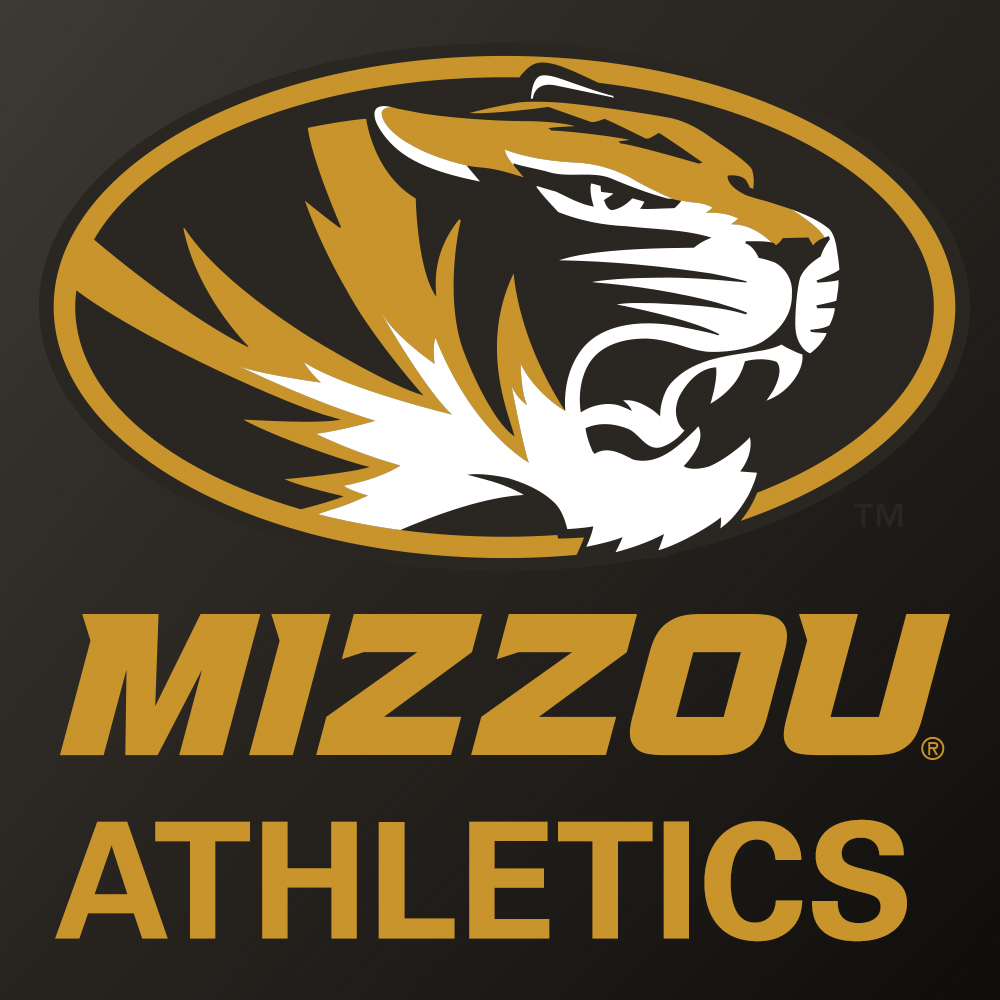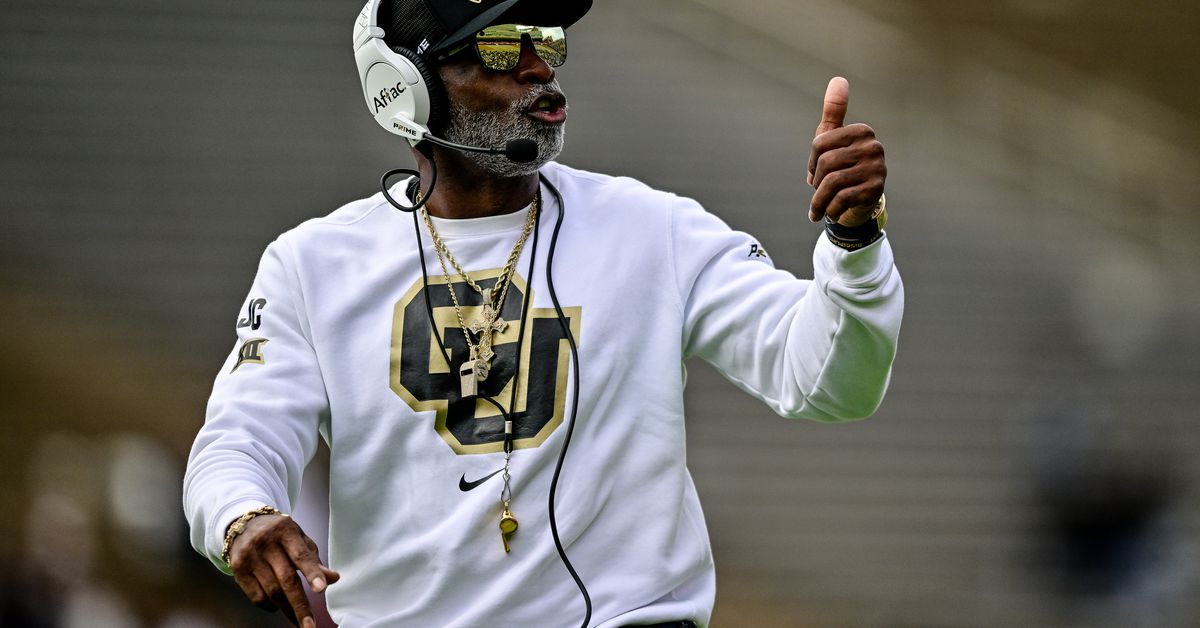On Friday, June 6, 2025, US District Judge Claudia Wilken of the United States District Court, Northern District of California, Oakland Division, finally approved the $2.8 billion settlement agreement arising from Case No. 4:20-cv-03919-CW In re: College Athlete NIL Litigation (“Settlement Agreement”), a class action lawsuit against the NCAA and the Power Five Conferences challenging their rules restricting payments to student-athletes, including payments related to student-athletes names, images, and likenesses (NIL) for commercial purposes. The Settlement Agreement will reshape college sports by allowing universities to pay student-athletes directly starting July 1, 2025, effectively ending the NCAA’s longstanding argument that student-athletes are amateurs and should, therefore, not be paid.
- Background
This class action began as three separate antitrust lawsuits,
House v. NCAA (“
House”), Hubbard v. NCAA (“
Hubbard”), and Carter v. NCAA (“Carter”), each filed against the NCAA and the Power Five conferences challenging their rules prohibiting college athletes from receiving compensation.[1] The House case challenged the NCAA and the Power Five conferences’ rules barring student-athletes from receiving compensation for the use of their NIL, while
Hubbard and
Carter both challenged the NCAA and Power Five conferences’ rules prohibiting payments and certain education-related benefits for athletes’ services.[2] All three of these lawsuits were consolidated into In re College Athlete NIL Litigation alleging that these prohibitions violated antitrust law.[3]
This settlement comes on the heels of the landmark decision in In re Athletic Grant-in-Aid Cap Antitrust Litigation (“Alston”) in which the same United States District Court, Northern District of California, Oakland Division, struck down the NCAA’s rules that limited the amount of education-related compensation and benefits that could be paid by colleges to student-athletes; a decision that was later upheld by the Ninth Circuit and affirmed by the Supreme Court.[4]
- Settlement Terms
The terms of the settlement included a release of claims by the class members in exchange for, among other terms, payment of back damages by the NCAA and the Power Five conferences in the amount of $2.8 billion to those class members, revenue sharing by colleges directly with student-athletes, and certain rule changes in the NCAA and the Power Five conferences allowing for payment directly from the universities. More specifically, the terms include:
- Release of Claims
In an effort to limit the amount of antitrust legislation brought against the NCAA in this new era of NIL, the Settlement Agreement provides that all class members who did not opt out of the Settlement Agreement, by entering into the Settlement Agreement, agree to release all claims and actions that could be brought against the NCAA and the Power Five conferences related to NCAA or conference rules about money and benefits that could be provided to the student-athletes for a period of 10 years.[5] The class members to the approved Settlement Agreement include (i) all student-athletes competing in Division 1 athletics between June 15, 2020 and ten academic years following the date of the final approval, (ii) all student-athletes who received full scholarships and competed on a Division 1, Power Five conference, men’s college basketball team or FBS football team, and who were eligible between June 15, 2016 and September 15, 2024, (iii) all student-athletes who received full scholarships and competed on a Division 1, Power Five conference, women’s basketball team and who were eligible between June 15, 2016 through September 15, 2024, and (iv) all student-athletes who competed on a Division 1 athletic team and who were eligible between June 15, 2016 through September 15, 2024.[6]
- Change in Payment Rules
In exchange for the release of the claims by the class members, the NCAA and Power Five conferences agreed to change certain rules restricting payments made to college athletes, both from the institutions themselves, and from third parties. The rule changes include:
- Changing the NCAA Division 1 and Power Five conferences’ rules to allow payments to student-athletes, so long as they are consistent with the limitations of the Settlement Agreement.[7]
- Allowing Division 1 colleges and Division 1 student-athletes to enter into licensing and endorsement agreements for the use of that student athlete’s NIL, institutional brand promotion, or other rights, provided that the agreement is not for the right to use a student athlete’s NIL for a broadcast of college games.[8] This licensing or endorsement agreement may not extend for longer than the student-athletes eligibility to participate in NCAA sports.[9]
- Prohibiting the NCAA from having any rules prohibiting student-athletes from receiving payments from third parties for NIL, as long as the student-athletes adhere to the reporting requirements under the Settlement Agreement.[10]
- Requiring Division 1 student-athletes to report to their respective colleges, the NCAA and/or a third-party clearinghouse run by the accounting firm Deloitte any and all third-party NIL contracts or payments with a total value of six hundred dollars ($600) or more.[11] The clearinghouse will be responsible for assessing the fair market value of transaction by using data from past endorsement deals signed by college and professional athletes to determine if the payment should be considered “pay-for-play.”[12]
- Requiring each Power Five conference school, and all non-Power Five schools who choose to provide payments or benefits under this Agreement, to report each NIL contract or payment reported to the college and any agreement between the student-athlete and the college.[13]
- Back Damages
In addition to the rule changes, the NCAA agreed to pay back damages in the amount of $2.8 billion to the class members who were restricted from earning compensation off of their NIL dating back to 2016. This payment will be distributed in annual installments over the course of ten years.[14]
- Revenue Sharing by the Schools
The Settlement Agreement also allows, but does not require, Division 1 colleges to distribute additional payments or benefits to student-athletes above existing scholarships.[15] The additional payments amount to 22% (or $20.5 million projected in the first year) of the shared revenue received by each college each year earned through media rights, ticket sales, sponsorships, and other sources of revenue.[16] Third-party payments secured for the student-athletes do not count against the amount of money that may be distributed by the colleges to the student-athletes.[17]
- Roster Limits
The draft Settlement Agreement eliminated scholarship limits in Division 1 programs but instead imposed roster limits in order to control the sizes of Division 1 teams.[18] After hearing several complaints surrounding the roster limits, Judge Wilken required the parties to agree on an alternative solution prior to approving the Settlement Agreement that would guarantee that no athletes would lose their roster spots. The solution allows schools, but does not require schools, to give players their roster spots back whose spots were cut due to the Settlement Agreement. Some examples of the roster limits imposed are 105 for football, 15 for men’s and women’s basketball, 48 for men’s lacrosse, 38 for women’s lacrosse, and 28 for men’s and women’s soccer.[19] This could include more scholarships for players but will limit the roster spots for walk-ons or partial scholarship athletes.
- Opposition
Several athletes spoke out against the Settlement Agreement at an approval hearing held on April 7, 2025, before Judge Wilken. The objections included arguments that settlement payments are inaccurate and lack transparency with how they are calculated, challenges to the imposed roster limits, arguing that they would unfairly reduce opportunities for athletes, and concerns over the disproportionate financial distributions to football and basketball over Olympic sports. One notable objection came from Livvy Dunne, a gymnast from Louisiana State University, and one of the most profitable athletes in the NIL era, who argued that some calculations of damages were not accurate based on the value of some of the more profitable athletes lost. Several other athletes argued that the roster limits would create less opportunities for student-athletes who would have otherwise had opportunities on college sports teams.
There is also outspoken opposition to the implementation of a clearinghouse to determine whether payment to an athlete can correctly determine a student athlete’s fair market value. Several coaches have expressed their skepticism or come out against the NCAA outsourcing the enforcement of payments directly to athletes.[20]
- Open Questions
Despite this Settlement Agreement bringing much needed structure to the landscape of NIL, there are still several unanswered questions regarding the future of paying student-athletes in college sports. Judge Wilken most notably stated that this class action is neither a Title IX case nor a labor and employment case and specifically stipulated that the Settlement Agreement does not preclude athletes from bringing cases alleging the NCAA violated Title IX or labor and employment laws, including wage and hour claims under the Fair Labor Standards Act or the National Labor Relations Act.
Payments made pursuant to this Settlement Agreement could violate Title IX if they are made disproportionately to male athletes over female athletes, but the question still remains whether these payments are subject to Title IX. The Biden Administration’s US Department of Education initially provided guidance to schools that the payments directly from the schools were similar to financial aid and must therefore be proportionately distributed under Title IX.[21] The Trump Administration, however, recently rescinded that guidance, stating that Title IX states nothing “about how revenue generating athletics programs should allocate compensation among student-athletes.”[22] Since there is no legal authority that payments directly from schools to student-athletes are covered under Title IX, it is still unclear whether payments could violate Title IX.
Additionally, the Settlement Agreement does not discuss whether student-athletes should be considered employees. There have been several petitions filed in recent years by student-athletes, including the University of Southern California men’s and women’s basketball teams, and the Northwestern football team, with the National Labor Relations Board, seeking to be classified as employees.[23] Dartmouth men’s basketball, the first successful student-athlete unionization, recently withdrew its petition to unionize after concerns that the new administration would result in a less favorable outcome for the team.[24] Although these athletes have not successfully been classified as employees, the Settlement Agreement does not prohibit student-athletes from continuing to bring these petitions.
There is also a question of whether international student-athletes playing in the United States will violate their visa status by taking payments.[25] Most student-athletes are on Class F class visas that prohibit almost all kinds of work while they are in the United States. It is still unclear whether the income generated by this Settlement Agreement or by NIL deals will violate international student athletes’ visas.
Although the Settlement Agreement will limit antitrust claims against the NCAA, the NCAA continues to ask Congress to provide an antitrust exemption for the NCAA which would protect the NCAA from any additional antitrust lawsuits.[26] Congress has yet to act.[27]
This settlement finally allows colleges to directly pay athletes, there is, however, still ambiguity for the future of the NCAA and the compensation towards its athletes.
- How Can We Help?
Whiteford is here to assist colleges and athletes navigate through this new era of NIL and college sports. Our team has extensive experience in advising clients on regulatory compliance, creating manuals, and providing guidance to ensure both athletes and their institutions are in compliance with the new NCAA rules and regulations. We continue to closely monitor the evolving and dynamic legal landscape affecting college sports.
[1] Plaintiff’s Notice of Motion and Motion for Preliminary Statement Approval, at 3, In re College Athlete NIL Litigation, No 4:20-cv-03919 (N.D. Cal.).
[5] Stipulation and Settlement Agreement, at 3, In re College Athlete NIL Litigation, No 4:20-cv-03919 (N.D. Cal.).
[7] Appendix A to Stipulation and Settlement Agreement, at 5-6, In re College Athlete NIL Litigation, No 4:20-cv-03919 (N.D. Cal.).
[12] The Athletic College Football Staff, What’s at stake with the House v. NCAA settlement? Goodbye amateurism, hello revenue sharing, The Athletic (April 7, 2025); Dan Wetzel and Pete Thamel, Sifting legitimate NIL deals from the darker world of pay-to-play, ESPN (April 2, 2025)
[13] Appendix A to Stipulation and Settlement Agreement, In re College Athlete NIL Litigation, No 4:20-cv-03919 (N.D. Cal.).
[14] Stipulation and Settlement Agreement, at 14, In re College Athlete NIL Litigation, No 4:20-cv-03919 (N.D. Cal.).
[15] Appendix A to Stipulation and Settlement Agreement, at 9, In re College Athlete NIL Litigation, No 4:20-cv-03919 (N.D. Cal.).
[19] Appendix B to Stipulation and Settlement Agreement, at 131, In re College Athlete NIL Litigation, No 4:20-cv-03919 (N.D. Cal.).
[20] Dan Wetzel and Pete Thamel, Sifting legitimate NIL deals from the darker world of pay-to-play, ESPN (April 2, 2025)
[21] U.S. Department of Education Rescinds Biden 11th Hour Guidance on NIL Compensation, U.S. Department of Education (February 12, 2025)
[23] Vern E. Inge, Jr., Claire Allenbach, Rafiq R. Gharbi, Client Alert: A Gift for NCAA Athletes? The NLRB Finds Merit for Employee-Athletes, Whiteford (January 5, 2023).
[24] Aryanna Qusba and Annabelle Zhang, Dartmouth men’s basketball team drops effort to unionize, The Dartmouth (January 2, 2025).
[25] Amanda Christovich, House v. NCAA Settlement Creates Potential Crisis for International Athletes, Front Office Sports (February 21, 2025).
[26] The Associated Press, What is the House settlement involving college sports and why does it matter? (April 7, 2025).



































 Stephen A. responds to LeBron’s NBA coverage criticism | First Take
Stephen A. responds to LeBron’s NBA coverage criticism | First Take



























